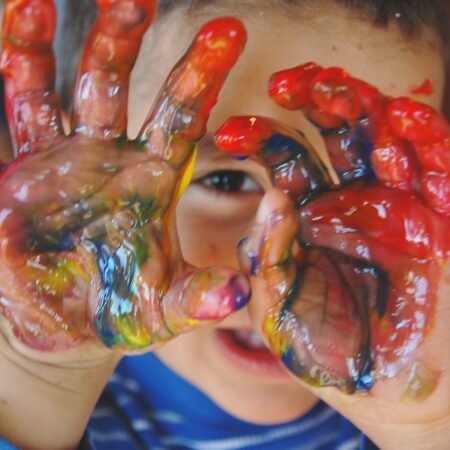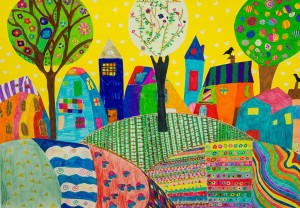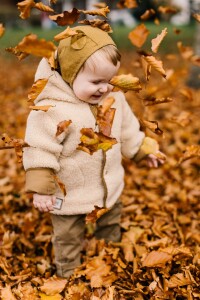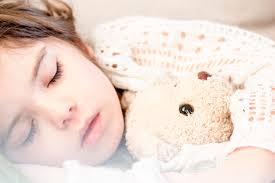Which colors are you drawn to when you are excited about a new project or event? How about when you’re feeling worried or melancholy? Ever wonder why?
You may not think about it, but there’s actually a reason behind the mood and behavior that comes from the colors in your environment. And if you are affected by the various color schemes around you—be certain that your children are as well!
Too much of a good thing?
Children are impressed by color just as we are. Psychologists know this. Many pediatricians are aware of this. But, do you—as a parent—take this factor into consideration when planning your child’s environment at home?
During the school year, your child may be part of a classroom setting where its décor is anything but calming! Many school environments are outfitted from ceiling to floor with oversized figures and artistic schemes that “shout” for attention all day long. It’s no wonder that many kids become overly anxious during the hours they attend school.
So when your child is home, what can be done to help reduce the overstimulation of other settings and replace them with calm, soothing effects in the safe place of their bedrooms?
Look at nature
God—the Creator of our world and everything in it—perfected this study on color at the point of His creation. And all it takes to understand the amazing effects of color on our kid’s moods and behavior is to look outdoors and take in its magnificent brilliance.
Consider how these colorful elements in nature affect us:
- Walking barefoot through bright, green grass
- Gazing at a clear blue sky speckled with white billowy clouds
- Jumping into a mountain of orange, yellow, and bronzed leaves
- Playing with delight in white, glistening snow
- Watching waves drift in and out from the sapphire blue ocean
- Gazing at the red-orange flames of a campfire at night
- Biting into a piece of crimson red watermelon
Do these images bring fun, relaxing memories to your mind? Think about it—your children are experiencing many of these discoveries right now in the various locations they are in each day.
Need some chill time?
I’ve worked with preschoolers in a classroom setting for several years. Whenever we have children who are overcome with tears, we often take them outdoors for a while (if the weather allows) or at least stand with them close to a window facing outside.
Whether it is looking at and talking about the colorful flowers, green grass, and trees, or the sparkling white snow—the calming effects of God’s creation never fail! This approach can work just as well at your house, too, not only for kids who are upset and crying, but also to help them release some pent-up energy!
Application ideas for home:
- Use calming colors for bedroom walls. Remember, this is where children sleep and often go to calm down when they’re upset.
- Green plants throughout your house provide color as well as a relaxing effect on children (and their parents)!
- Brightly colored toys/focal items are best for infants in helping their eye development. Try those with significant color contrasts such as black/white, red/yellow, or deep purple/white.
- Use calming colors with shades of green and blue for comfort items (i.e. blankies)—especially with younger preschoolers.
- Use softer colors for large wall spaces with pops of brighter colors in picture frames, pillows, or window treatments—that can be added or taken away as needed if you notice a lot of over- or understimulated behavior when your child is in that room.
Some additional tips for room colors to use with kids at home are listed on houzz.com. Here are a few ideas from their website:
- Red. The color red has the ability to energize the body and excite the mind, increasing heart and breathing rates. It is great as an accent, but might not be the best wall color for a restless child.
- Orange. This warm, friendly and youthful color is actually great for children since it’s said to encourage confidence, extroversion, and independence. The social nature of this color also puts children and their friends at ease, inspiring communication, and cooperation.
- Yellow. Studies pair this bright and cheery color with motivation; softer yellows can aid concentration, while brighter ones can increase memory. But beware of using too much bright yellow, as it may create feelings of agitation and even anger.
- Green. This calming, natural color has a soothing impact on a child. Scientists have also found that green may improve a child’s reading speed and comprehension. There’s no need to keep this anxiety-reducing color to a minimum.
- Blue. Having the opposite effect of red, blue decreases feelings of anxiety and aggression and lowers blood pressure and heart rates. Children who experience tantrums or other behavioral problems may appreciate the soothing effects of a blue room.
- Purple. Often associated with royalty, purple is ambitious and self-assured. It’s also the color of passion, creativity, wisdom, and spirituality. This deep and emotive color is great for inspiring sensitivity and compassion in children. But if your child is particularly sensitive, you may want to keep this color limited to accents.
God made a beautiful world for us to enjoy! Use its colorful effects to benefit your children and others in your care.




